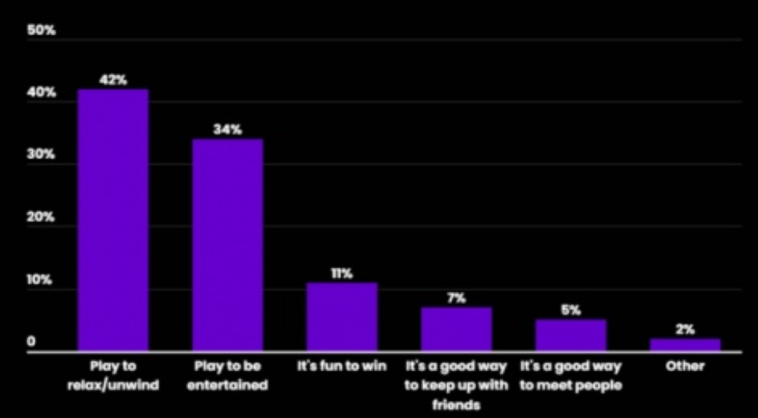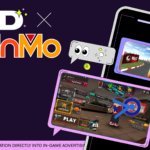Gaming has evolved into a diverse landscape that caters to players of all generations and preferences. A new report by Tinuiti delves into the motivations of gamers, the platforms they prefer, and how brands can engage with this expansive audience.
The report highlights significant disparities in gaming motivations between different generations. Relaxation and unwinding are the most prevalent motivations overall, with 42% of gamers citing it as their primary driver. Interestingly, baby boomers (51%) are more likely to turn to gaming for relaxation compared to Gen Z (31%).
Gen Z gamers (35%) are slightly more inclined to seek entertainment as a motivation, whereas baby boomers (32%) closely follow. Notably, Gen Z gamers are more likely to play games socially or competitively, as indicated by their motivations to “keep up with friends” (12%) and “meet people” (8%). Across all demographics, 44% of gamers feel that gaming makes them more competitive in the digital world, while only 12% feel less competitive.
The majority of gamers (78%) enjoy gaming on mobile devices, which proves to be the most popular gaming platform. Mobile gaming particularly appeals to Gen Z and Gen X, with 80% of gamers in both categories playing on mobile. However, younger generations are less likely to consider mobile as their primary gaming platform. Baby boomers (52%) and Gen X (52%) are more likely to do so than millennials (37%) and Gen Z (29%).
Gaming offers diverse monetization opportunities for brands, and 69% of gamers admit to making in-game purchases, including currency, DLC, or cosmetic items. While in-game purchases are prevalent in mobile games, mobile gaming lags behind consoles. Only 58% of mobile gamers make in-game purchases, whereas a combined 86% of console players do.
Gamers prefer brand-sponsored add-ons available for free (34%), followed by gaming content produced by brands (24%) and intrinsic in-game advertising (16%). Reward-based video ads are noted for their potential, offering a value exchange without disrupting gameplay. In the past year, 39% of gamers have purchased a product discovered through in-game marketing.
In summary, the world of gaming is a diverse and ever-evolving ecosystem with motivations and preferences that span generations. Brands looking to engage with gamers should consider these differences in motivations and leverage non-intrusive marketing methods that enhance the gaming experience. As the gaming industry continues to thrive, opportunities for brands to connect with gamers in meaningful ways abound.
A recent survey shed light on the age and gender diversity of gamers. Surprisingly, the survey challenged stereotypes by showing that 43% of respondents were from the Boomer or GenX age groups, dispelling the myth that gaming is solely for the younger generation. Meanwhile, 40% were from GenZ and younger age brackets, with 17% representing millennials. Notably, over half (51%) of these gamers identified as female, highlighting the gender diversity within the mobile gaming community.







Comments
Loading…